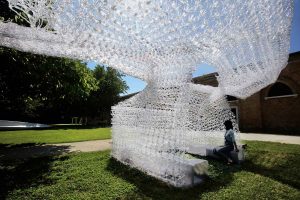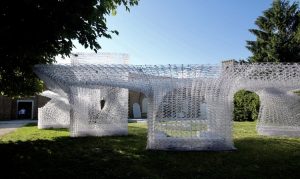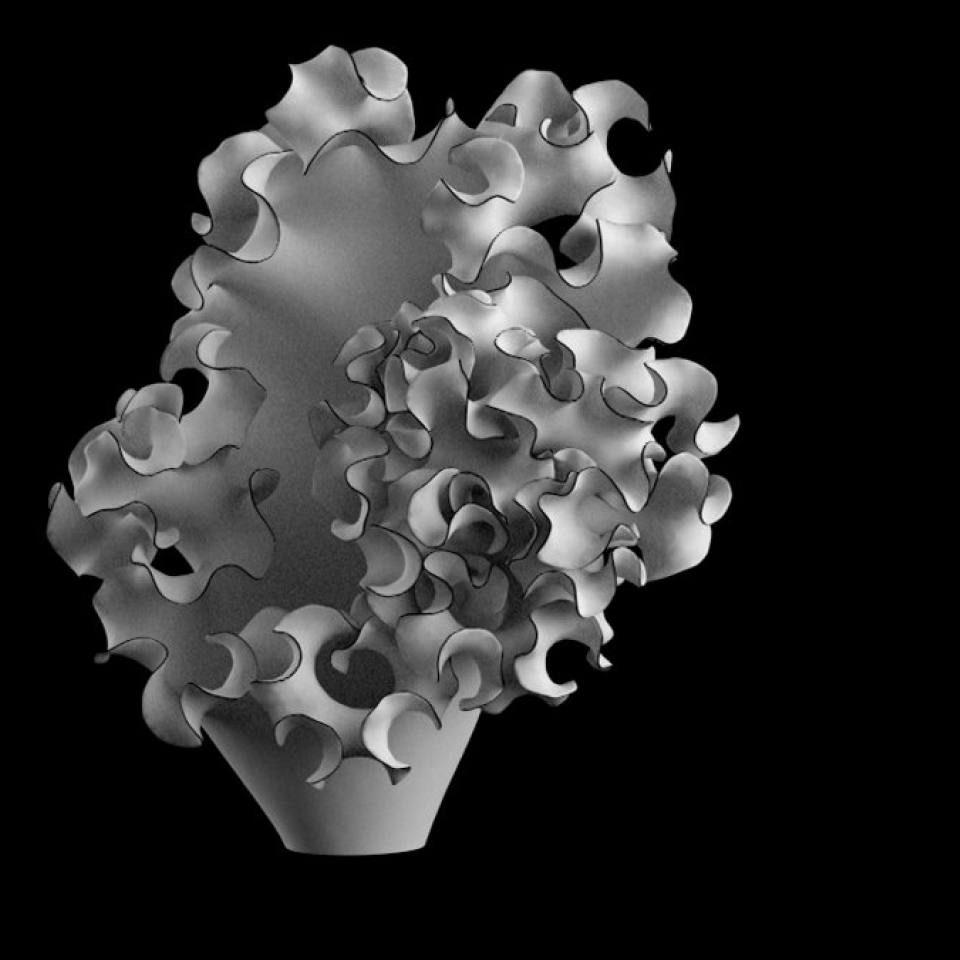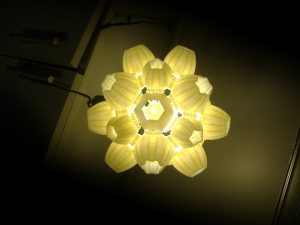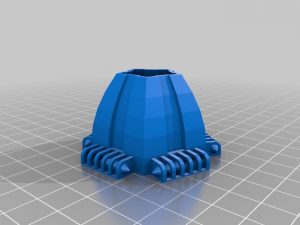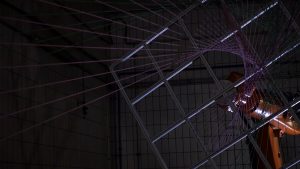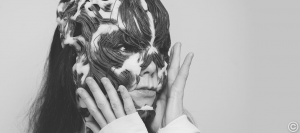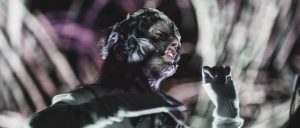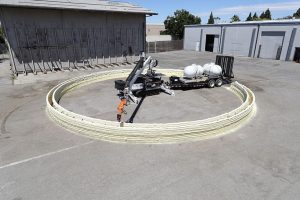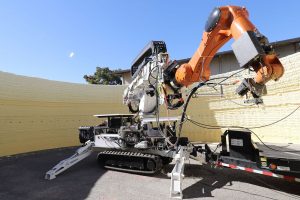
Source: https://futur404.com/wp-content/uploads/2018/01/iris-van-herpen-ss18-futur404-decrypt-kimono-gown.jpg
Iris Van Herpen is famous designer for 3D fashion. One of my favorite pieces from her is the Decrypt Kymonoshown above. Herpen utilized an inverted parametrically-drawn pattern as the algorithm to generate the design for the dress. The pattern of the dress was created with microscopic pieces that is foamed-lifted, laser-cut, and then heated-bonded onto the half-transparent, lightweight silk. The end result of the design is a stunning delicate piece that flows and synthesizes along with the body’s movement, reflecting the aesthetic beauty of the human body form. Herpen manifested her organic style of artistic sensibilities in the piece through personifying the aspects of nature with the piece’s movements and patterns, which are all designed through careful calculations and considerations.
What I admire most about Herpen is how she can create such natural, organic patterns with such an artificial method. Her designs represent the fusion of the artificial and natural. One quote from her that left a deep impression on me is “Don’t forget how engineered nature is, itself. I think we as humans don’t even come close to the intelligence within nature.” It is interesting how a lot of times people tend to think that the artificial world is complex and that nature represents simplicity. However, if we think about it, it is really the opposite. The nature world is so complex and uncontrollable that we humans have long sought to discover ways to manage parts and bits of it, only to realize that nature is still far more powerful than us.
![[OLD FALL 2018] 15-104 • Introduction to Computing for Creative Practice](../../../../wp-content/uploads/2020/08/stop-banner.png)
